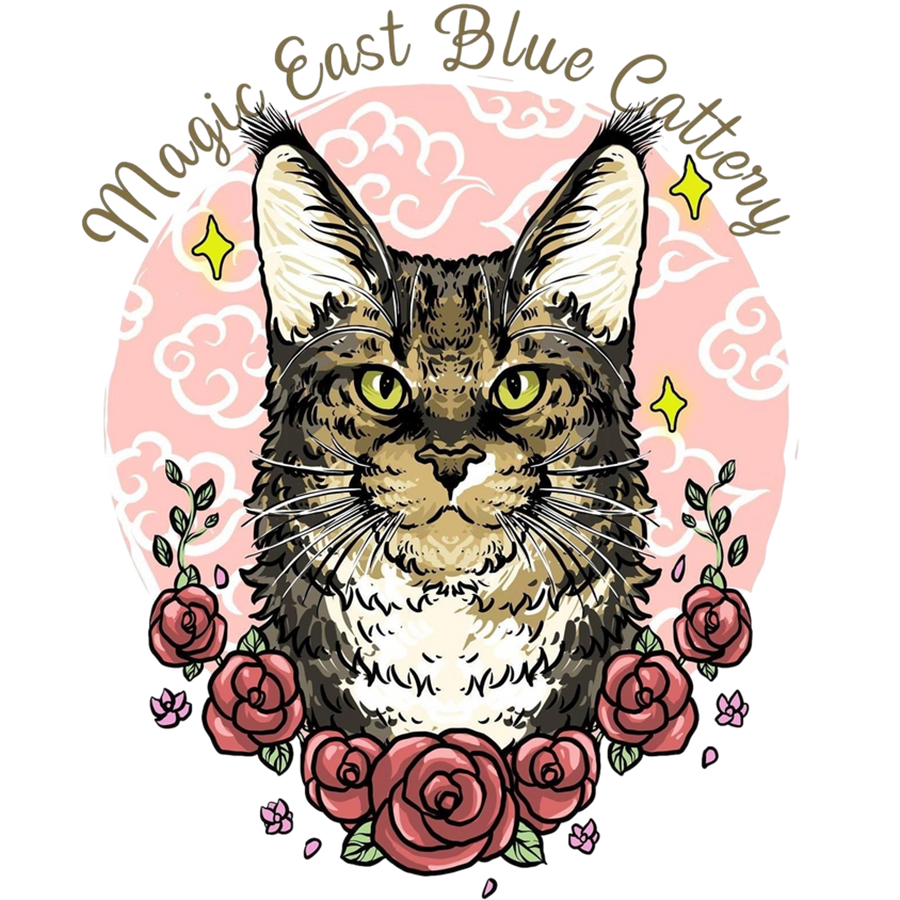Maine Coons are not just another cat breed; they are a remarkable blend of size, personality, and history. This blog delves into the striking contrasts between Maine Coons and ordinary cats, exploring what makes them uniquely captivating to cat lovers.
Introduction to Maine Coons
Maine Coons are truly a fascinating breed, often recognized for their impressive size and gentle temperament. Originating from the rugged landscapes of Maine, these cats have a rich history that intertwines with American folklore. Their striking appearance, characterized by tufted ears and bushy tails, sets them apart from ordinary cats.
Beyond their looks, Maine Coons possess a friendly and sociable nature, making them excellent companions. They are known for their playful behavior and intelligence, often engaging in activities that keep both them and their owners entertained. As we dive deeper into the world of Maine Coons, we’ll uncover what makes them so special.
The Size Comparison
When it comes to size, Maine Coons reign supreme among domestic cats. On average, they can weigh between 4 to 12 kg (10 to 20 pounds), with some exceptional individuals even surpassing that limit. Their length can reach an astonishing 78 cm (30 inches), making them a sight to behold.
This significant size difference is not just a superficial trait; it has practical implications for their behavior and health. Larger cats tend to have different dietary needs and exercise requirements compared to their smaller counterparts.
Moreover, their size contributes to their unique personality. Maine Coons often display a laid-back demeanor, which can be attributed to their physical stature. They are less likely to feel threatened or anxious, allowing them to thrive in various environments.
Why Are Maine Coons So Big?
The question of why Maine Coons are so large is intriguing. Several theories have emerged, primarily rooted in the principles of natural selection. In the colder climates of Maine, larger animals have a survival advantage. Their body mass helps retain heat, allowing them to thrive in harsh weather conditions.
Additionally, their thick fur and tufted ears are adaptations that further enhance their ability to withstand cold temperatures. These traits not only provide warmth but also assist in hunting and navigating through snow.
- Genetic Factors: The Maine Coon’s size can be partially attributed to genetic predisposition. Selective breeding has favored larger individuals over generations.
- Survival of the Fittest: In the wild, larger cats may have better success in hunting and protecting their territory.
- Environmental Adaptation: The cold climate of their origin necessitated adaptations that favored larger body sizes.
Natural Selection and Size
Natural selection plays a pivotal role in shaping the characteristics of Maine Coons. As a breed that developed in the wild, those with favorable traits were more likely to survive and reproduce. This evolutionary process has led to the Maine Coon’s distinctive physical attributes.
Thick fur, large size, and robust bodies were advantageous for survival in the frigid Northeast. Over time, these traits became more pronounced, solidifying the Maine Coon’s status as the largest domestic cat breed.
Interestingly, their size also influences their social dynamics. Larger Maine Coons often command a certain level of respect within multi-pet households, which can affect interactions with other animals.
Understanding the evolutionary background of Maine Coons not only highlights their uniqueness but also emphasizes the importance of preserving their natural traits through responsible breeding practices.
Coat Comparison
The coat of a Maine Coon is one of its most distinguishing features. Unlike regular cats, Maine Coons possess long, thick fur that is water-resistant, providing insulation against cold weather. This unique fur texture not only keeps them warm but also gives them a striking appearance.
Regular cats, on the other hand, may have shorter or less dense fur, which doesn’t offer the same level of protection. The Maine Coon’s double coat consists of a soft undercoat and a longer outer coat, which helps them adapt to various climates.
- Color Variety: Maine Coons come in a wide range of colors and patterns, from tabby to solid shades. This diversity adds to their allure.
- Maintenance: While their coat is beautiful, it does require regular grooming to prevent matting and tangling. This is a significant consideration for potential owners.
- Health Benefits: The thickness of their fur can also provide some protection against skin issues, which are more common in cats with shorter coats.
Origins of the Maine Coon
The history of the Maine Coon is as fascinating as its appearance. This breed is believed to have originated in the northeastern United States, specifically in Maine. Theories about their ancestry range from Viking cats to domestic cats brought over by early settlers.
Some legends suggest that Maine Coons are descendants of long-haired cats belonging to Marie Antoinette, which were brought to America during her escape attempt. Regardless of their origins, they quickly became popular for their hunting skills and friendly demeanor.
- Working Cats: Historically, Maine Coons were valued as working cats on farms and ships, helping control rodent populations.
- Show Cats: Their unique looks and gentle personalities eventually led them to be featured in cat shows, solidifying their status as a beloved breed.
- Cultural Significance: Maine Coons have become a symbol of the state of Maine, celebrated for their contributions to local folklore.
Personality Comparison
The cost of acquiring a Maine Coon can be significantly higher than that of a typical domestic cat. Prices for Maine Coons can range from 25,000 baht to over 70,000 baht ($800 to over $2,000), depending on factors like pedigree, breeder reputation, and geographical location.
In contrast, typical domestic cats, particularly those available at shelters, can often be adopted at no cost. The investment in a Maine Coon often reflects its breeding, care, and the demand for this unique breed.
- Initial Costs: Consider the price of vaccinations, spaying/neutering, and initial supplies, which can add to the overall cost of ownership.
- Long-term Care: Maine Coons may require more grooming and specialized care, impacting long-term expenses.
- Adoption vs. Breeding: While adopting from a shelter is less expensive, purchasing from a breeder ensures you are getting a purebred with known lineage.
Conclusion: The Maine Coon Experience
Owning a Maine Coon is truly an enriching experience. Their unique blend of size, personality, and intelligence sets them apart from other breeds. As they grow, they become more than just pets; they become cherished family members.
These cats thrive on companionship and require a lot of interaction. They are not the type to be left alone for long periods. Their playful antics and affectionate nature can bring joy to any household.
Moreover, their adaptability allows them to fit into various living situations. Whether you live in a bustling city or a quiet countryside, a Maine Coon can make itself at home. Their gentle disposition makes them suitable for families with children and other pets.
Frequently Asked Questions
What makes Maine Coon different from other cats?
Their size, coat, and personality set Maine Coons apart. They are the largest domestic cat breed, with a distinctive thick fur coat and a friendly demeanor that resembles that of dogs.
Are Maine Coons easy to train?
Yes, Maine Coons are known for their intelligence and can be trained to follow commands or perform tricks. They enjoy mental stimulation, making training a rewarding experience for both the cat and the owner.
Do Maine Coons get along with other pets?
Generally, Maine Coons are very sociable and tend to get along well with other pets. Their friendly nature allows them to coexist peacefully with dogs, cats, and even small animals.
How much grooming do Maine Coons require?
Maine Coons do require regular grooming due to their thick fur. Weekly brushing helps prevent matting and keeps their coat in top condition. This grooming routine also provides a bonding opportunity between the cat and owner.


Leave a reply